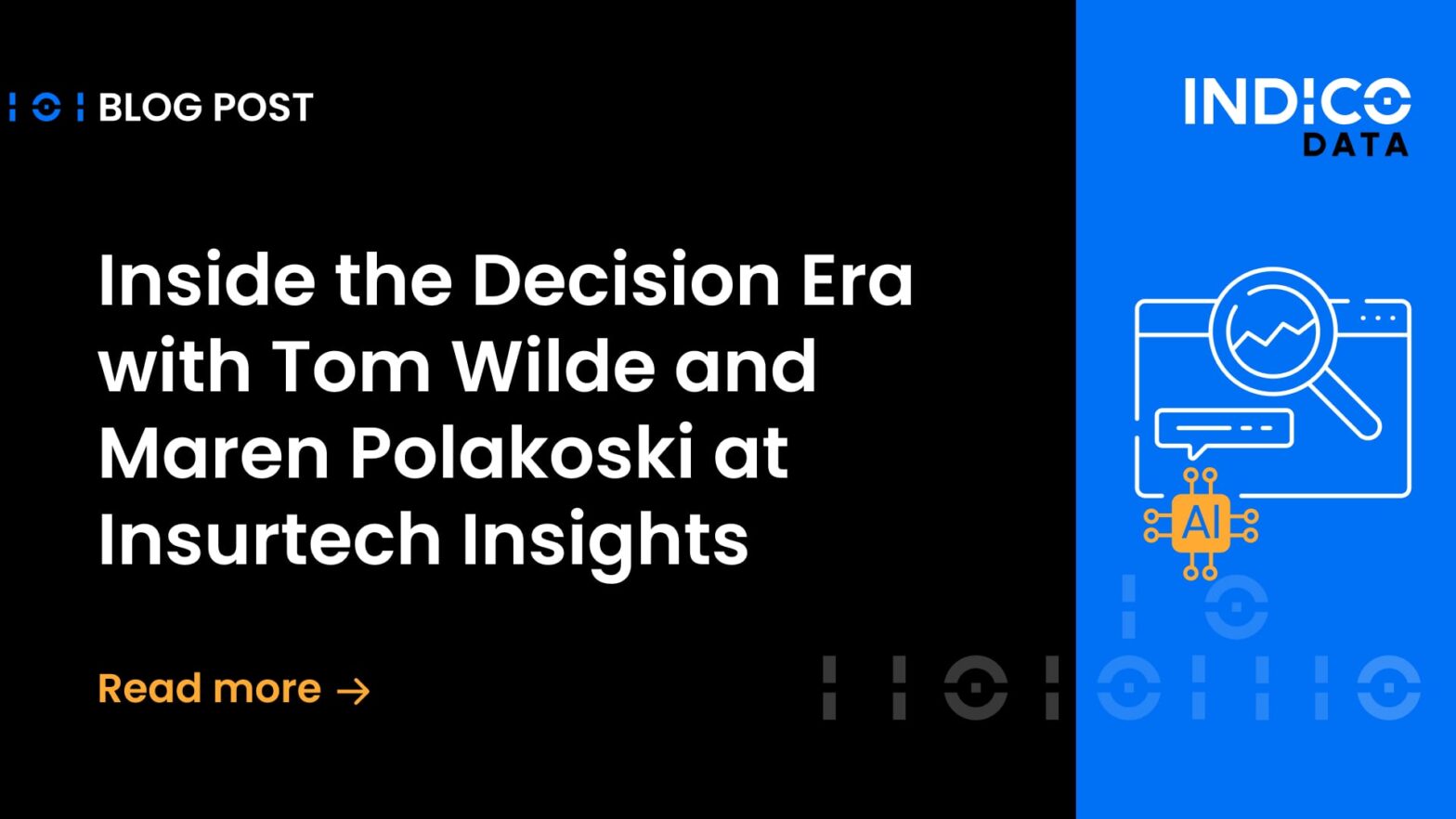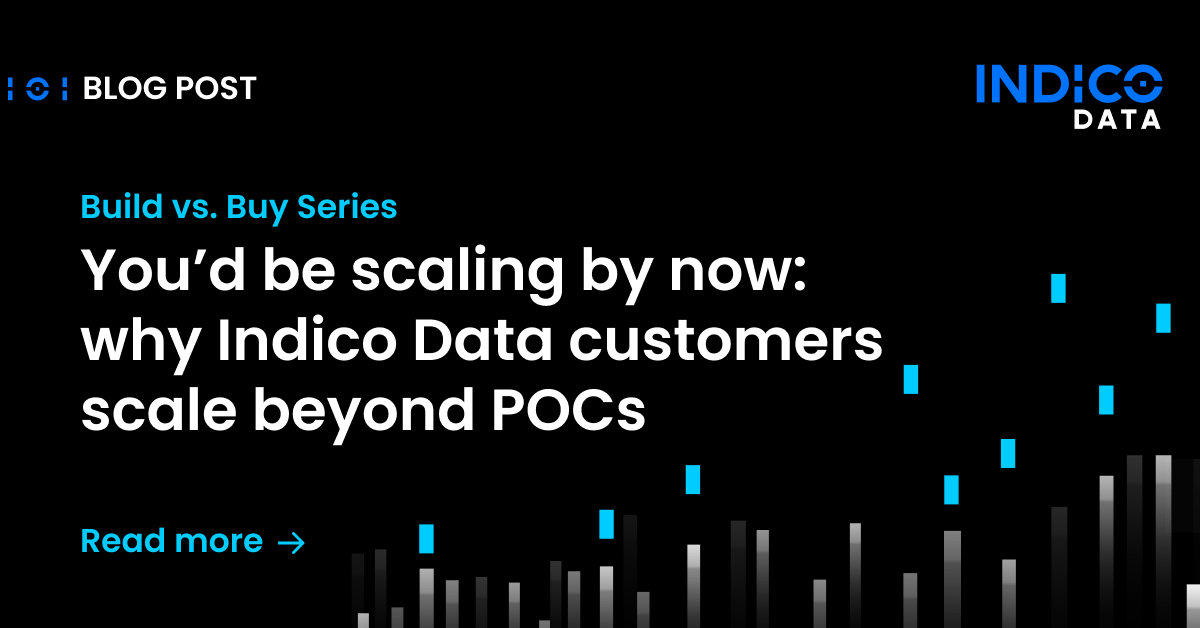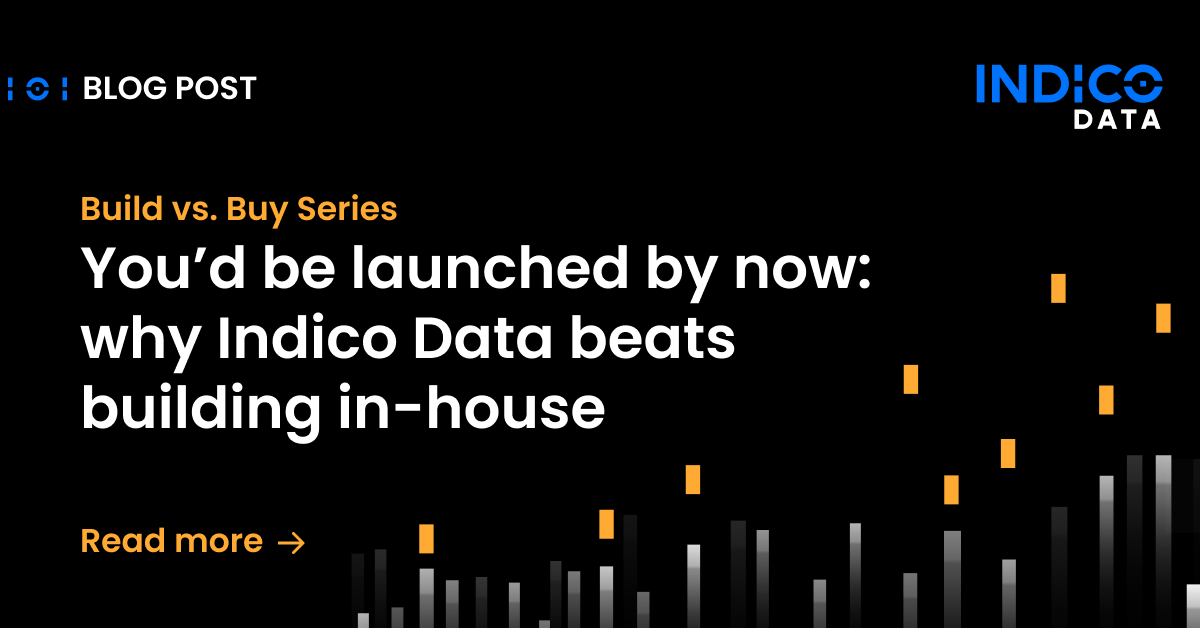There’s a problem plaguing the insurance industry, and it’s easy to understand: it’s too dependent on manual processes and needs a heavy dose of automatic data submission. Whether it’s first notice of loss (FNOL) documents for claims or broker submissions for underwriting, the industry is rife with documents that traditionally require a hands-on approach to process.
It’s an unsustainable model for at least a couple of reasons. First, all that manual processing takes time. That results in claims processing delays that irk customers and an inability to process all underwriting submissions, which means leaving money on the table. Unhappy customers plus lost revenue is no recipe for success.
Second, there’s no sugarcoating the fact that manually reviewing and extracting data from all those documents is boring, unfulfilling work for employees. The insurance industry is already facing a labor shortage. The U.S. Bureau of Labor Statistics predicts that by 2036 some 50% of the current insurance workforce will retire, leaving more than 400,000 open positions unfilled.
“All facets of the insurance industry will struggle to replace these workers at every level, particularly because millennials have not shown significant interest in insurance careers – less than 25% of the industry is under 35,” according to a report by the U.S. Chamber of Commerce.
It makes sense, then, for carriers to seek to ensure the employees they do have are engaged, invested, and productive. One big step toward achieving that is to employ solutions focused on automating claims processing as well as underwriting submission intake and endorsement automation.
Claims and underwriting process automation can deliver at least three big benefits to any insurance company, as follows.
Eliminate time-consuming manual processes in claims and underwriting
The current processes for both claims and underwriting submissions is heavily dependent on manual review of various documents. Associates must read the documents, look for relevant data and information, classify the documents, and more.
Intelligent intake solutions relieve most of that burden. In terms of underwriting submissions intake, an intelligent intake platform like Indico Data’s can reduce manual document handling by at least 70%. It’s a similar story with respect to automating claims processing, where intelligent intake brings an increase of 4x in process capacity.
Related content: How automating claims intake streamlines settlements, saves time, and boosts customer satisfaction
Significantly reduce time-wasting manual data entry for claims processing
Another significant time-saver with insurance process automation comes from data entry. In addition to reading all the documents involved in claims or underwriting, insurance associates must rekey data from incoming documents to a downstream processing system, such as Guidewire ClaimCenter.
That presents at least two big issues. First, manual data entry introduces the possibility for error. Employees get tired, especially after doing the same thing for hours and hours; they are naturally going to make mistakes. Second, manual data entry takes a lot of time.
Claims and underwriting automation solutions that take advantage of intelligent intake address both issues. First, they are highly accurate – likely more so than your existing manual process (if indeed you even know how accurate it is; most either don’t know or have a skewed view). That’s because computers don’t get tired. And an intelligent intake solution that supports staggered loop learning, as Indico’s does, will get more accurate over time as its decisions are either validated or overridden by employees overseeing the process. Each of those decisions is then baked into the automation model for future reference.
Additionally, after reading claims or underwriting documents, an intelligent intake solution can pre-populate some 80% of the required fields in a downstream processing system, such as ClaimCenter. That saves even more time in the process, and again improves accuracy.
Related content: Real-world insights on the benefits and challenges of underwriting modernization
Give claims adjusters and underwriters more time
Automation in claims and underwriting ultimately serves to give your claims and underwriting professionals more time to do the work that brings real value to your company.
Relieved of manual data entry chores, claims professionals can do their jobs more quickly and dedicate more time to delivering positive customer experiences that help the company retain clients.
Similarly, submission intake and endorsement automation is a boon for underwriters. They can process more of the submissions that come over the transom, thus reducing underwriting leakage. They can also work much faster, accelerating the quote process from around 10 days to less than a day. That means carriers can be more selective about the submissions they quote, leading to improved loss ratios and combined ratios.
Learn more about how intelligent intake can help automate your claims and underwriting processes, delivering significant benefits in the process. Sign up for a free demo or contact us with any questions.


